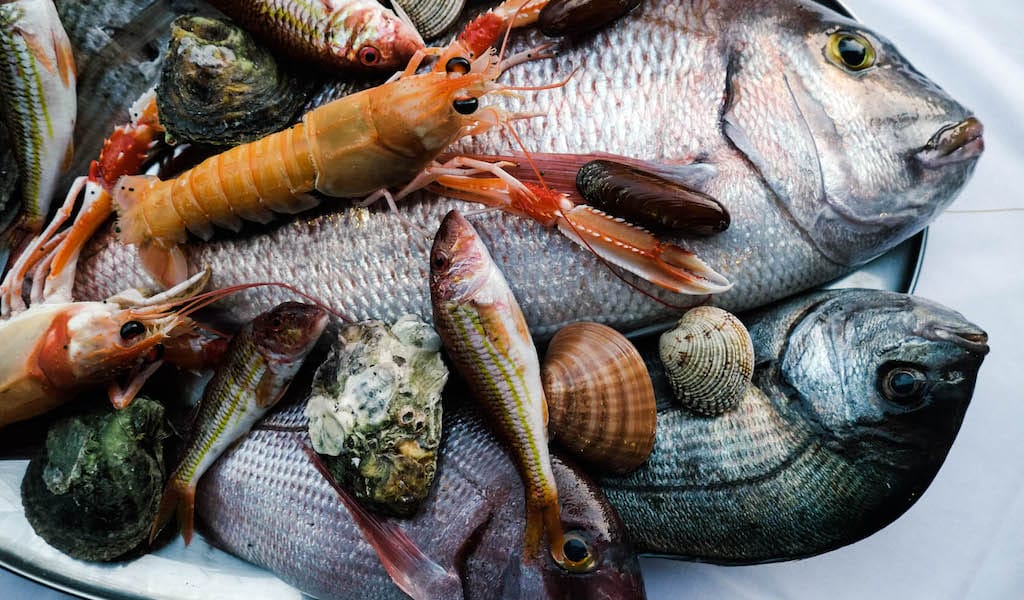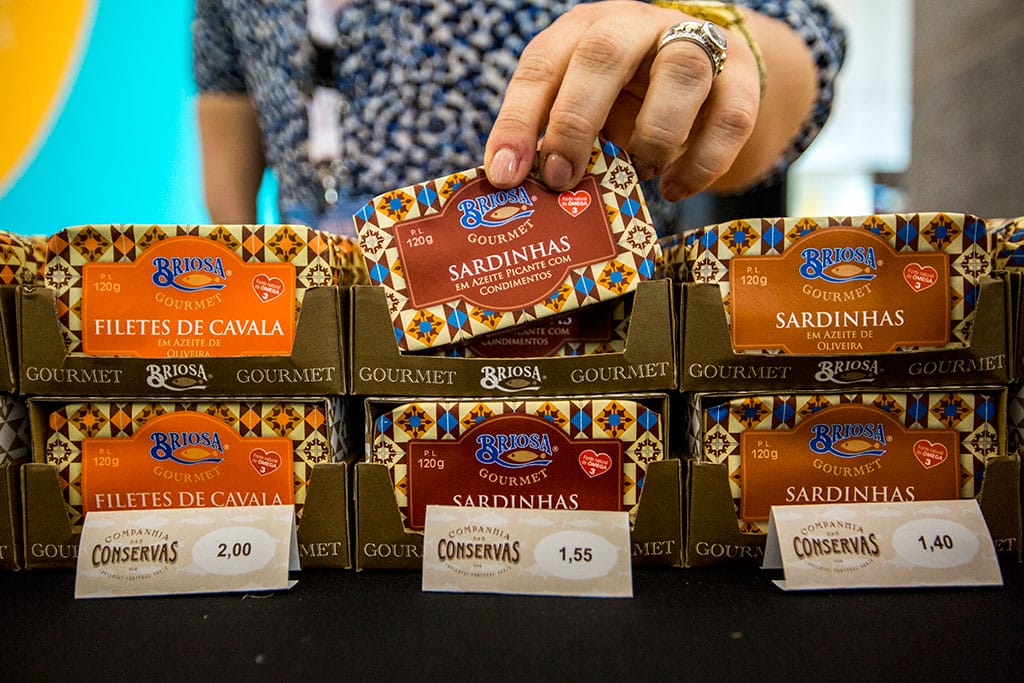The 20th century saw millions of African-Americans leave the South for cities in the North in what is called the Great Migration. And with them, they brought their food traditions, and they opened eateries and groceries and other businesses to serve these rapidly expanding communities.
In Queens, Africa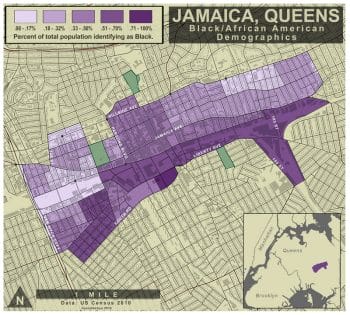 n-Americans settled in Flushing, Corona and Jamaica. Today, even with the influx of many new immigrants in recent years, Jamaica continues to be home to many African-Americans.
n-Americans settled in Flushing, Corona and Jamaica. Today, even with the influx of many new immigrants in recent years, Jamaica continues to be home to many African-Americans.
Byron Lewis, an African-American pioneer in multicultural advertising and founder of UniWorld Group, grew up in Queens. His parents’ families both traveled from the South during the Great Migration, ultimately settling in South Jamaica, where Byron, the 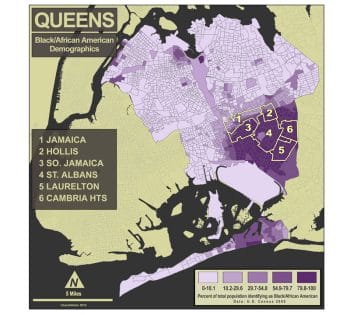 oldest of six, his parents and grandmother lived on Pinegrove Street from the 1930s on.
oldest of six, his parents and grandmother lived on Pinegrove Street from the 1930s on.
He remembers the corner markets like Bohack’s and the many itinerant food sellers in both neighborhoods who “pushed around rickety wooden carts, peddling hot porgies, sweet potatoes, corn and watermelons.” There was no place to go and eat out for us,” said Mr. Lewis. “We ate at home, and we ate Southern food – everybody ate Southern food.” His grandmother and mother cooked. “I ate every possible type of greens, beans, turnips, and collard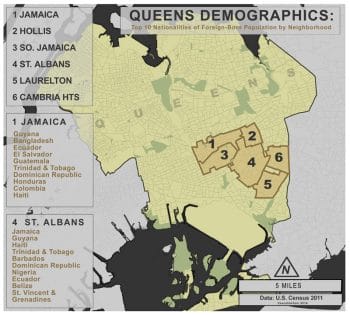 . And fat back, you don’t easily find fat back anymore. And stews, we ate lots of stews. And my favorite of all,” he said, “was bread pudding with apples, cherries, raisins, nuts and lemon sauce.” Though there were not many places to go out and eat,“ said Lewis, “We did love Sunday at Brooks Memorial Church, when all the church ladies brought in favorite foods for a big potluck.”
. And fat back, you don’t easily find fat back anymore. And stews, we ate lots of stews. And my favorite of all,” he said, “was bread pudding with apples, cherries, raisins, nuts and lemon sauce.” Though there were not many places to go out and eat,“ said Lewis, “We did love Sunday at Brooks Memorial Church, when all the church ladies brought in favorite foods for a big potluck.”
While the demographics of the borough constantly shift with the flow of immigrants, a few of the businesses that originated with the Great Migration continue to draw customers who have been coming in for decades.

The Rib Shack
Though Mr. Lewis left Jamaica, Queens, in 1954 to join the military, his parents remained. Years later, when his mother was in his care, Byron and Sylvia Lewis would order spare ribs from The Rib Shack on Linden Boulevard to feed her home-cooked cravings. The ribs, though spare, satiated and fortified, till her last days.
Back in the day, longtime locals called it “The Pit.” “Cause that’s what is was, a hole in the ground, with the best barbecue and ribs you’ve ever tasted,” said one customer who has been coming for 40 years. Another customer, on his late lunch break, came by. “I came to New York from Philadelphia in 1960,” he said. “I lived here and ate here. Now I live in Flushing, but it is important for me to support black-owned businesses, so when I am nearby, I come, get my meal, and give back.” Patrons ordered beef or pork ribs, mac and cheese, steamed collard greens, peach cobbler, or banana pudding – all to go. Fabian, a server known as Rush, told us, “We have old ladies coming in here in their 70s, remembering all the good food.” Two Nigerians also cooked and served African-American soul food with hints of Caribbean and West African foodways blurring taste borders.
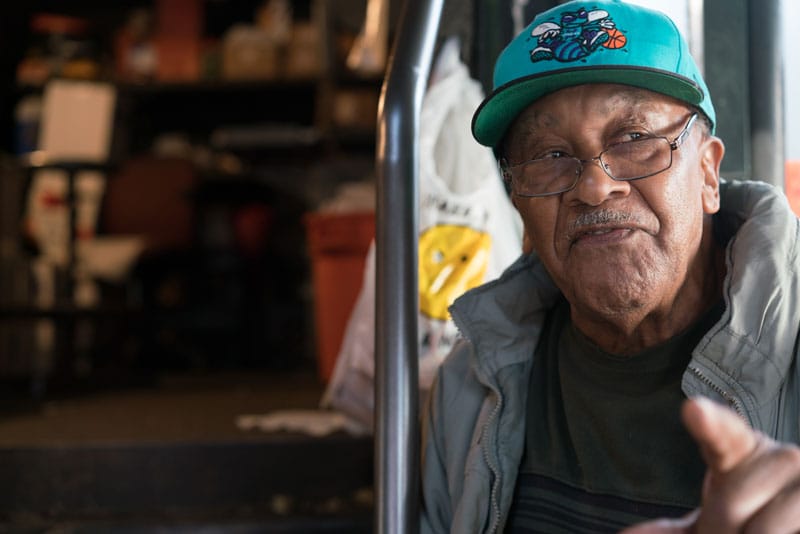
Huston’s
Herbert Huston, from Macon, Georgia, greeted me warmly when I put my head in his doorway. I took in the hanging bags of pecans, peanuts, dried meats (smoked turkey, dried hog jowls and knuckles and sausages) and North Carolina honey aglow in the afternoon sunlight. His store, adjacent to The Rib Shack, is most likely where “The Pit” used to be. Beloved in the community, Mr. Huston takes care of a slew of neighborhood kids. He gets busy with transporting seedless Huston watermelons wholesale from down south to select stores all over the greater New York area from mid-April till the end of the summer. “My customers love me, and I love them,” said Huston. While we chatted, two customers came in, talked and caught up and got their fresh pecans still in the shells. Another patron, Reggie Cash, had run out of his family’s poutine sausages from North Carolina, “So until I go back home and get my supplies filled, I’ll settle for Mr. Huston’s,” he chuckled.
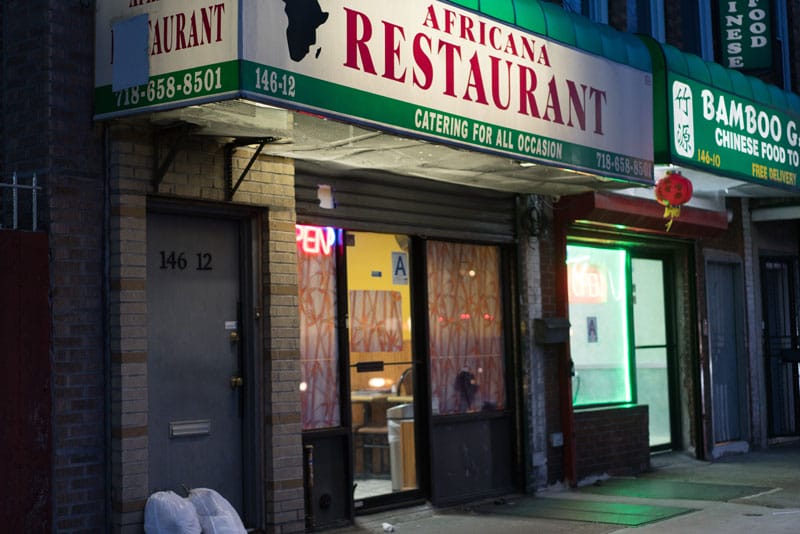
Africana Restaurant
Southern food has its roots in West African cuisine. To taste the history, to go full circle and back again, there’s Africana Restaurant on Liberty Avenue. The place is a clean box, sparsely appointed, with two TVs: one faces the kitchen, the other faces the seated customers, with voices and images tumbling out of the screen. Two women, with knitted hats, work in the kitchen. Chi Chi is Igbo, Sarah is Yoruba, and both come from Nigeria. They are behind a plastic partition which protects the heated foods. The owner, Blessing, also Nigerian but from the Edo region, set up this restaurant 19 years ago with the help of her brother. “Of course business is good,” she laughed. “Would I be working so hard for so long, if business was not good?” Pounded yam and cassava, egusi (greens with pumpkin seeds), dark bitter greens, tender hot pepper goat stew and meat stew with beef, goat and cow feet are just a few of the varied West African offerings at hand. You can sit, take out or get your next event catered. Busy all the time, Blessing cooks for the Nigerian consulate, weddings, naming ceremonies and birthdays. Business is good.
(Additional funding for this piece was provided by the Buenas Obras Fund)
Published on April 08, 2016
Related stories
November 11, 2013
AthensIn Piraeus there is a tacit agreement among locals to keep treasured taverns and restaurants hidden, lest they be overrun by the tourists arriving on the cruise ships that dock in town. This is particularly true of Keratsini, a neighborhood on the outskirts of the port city. In 1922, Keratsini became home to Greek refugees…
Crack open a tin with us on the Crossroad walk!
April 11, 2016
LisbonLisboetas can’t get enough of fish and seafood, and the annual Peixe em Lisboa festival celebrates that love with an abundance of food-centric activities. The main event every year finds a handful of Lisbon’s top restaurants competing against each other to see who can create the top fish dish. There is also a food market…
November 11, 2022
LisbonThere might be a menu at Bota Feijão, but we’ve never seen it. The only decision to make at this restaurant located just outside central Lisbon is whether or not you want a salad (the answer is yes) and what kind of wine to drink (the answer is sparkling). “We serve suckling pig,” says Pedro…

















































